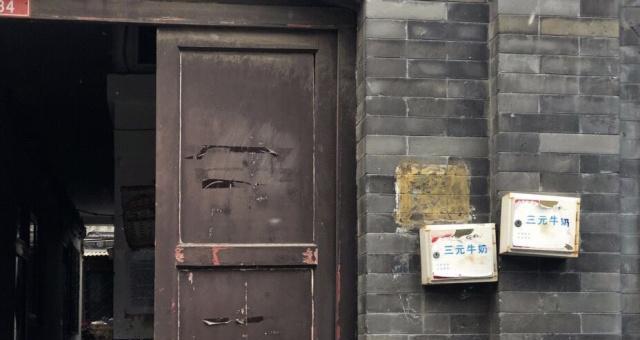Some people say: The eight hutongs include, Baishun Hutong, Rouge Hutong, Hanjia Hutong, Shaanxi Lane, Stone Hutong, Palm Tree XieJie, Zhujia Hutong, and Dali Hutong. Yes, but in fact, more than thirty alleys in the vicinity are involved in fireworks willow alley, and in this alley, it is enough to walk along the alley.

Speaking of Zhu Yuanzhang, the founding emperor of the Ming Dynasty, one of his main methods of excluding dissidents was the Daxing literary prison. Whoever is charged with conspiracy and rebellion will be linked to the Ten Tribes. In Chinese history, only the Ming Dynasty had ten tribes.
The full door slash is to kill the male, the female does not kill, and it is put together for redistribution. Naturally, a part of it was lost to the Wind Moon place. Therefore, at that time, many of the famous prostitutes who did this business in the Ming Dynasty were from the background of everyone who had both piano, chess, calligraphy, painting and literary style.
Since the middle of the Ming Dynasty, the eight major hutongs outside the front gate have taken shape. At that time, it was the literati who went to find the place where literary acquaintances were. The women there are both beautiful and will echo the elegance of the readers. Speaking on time, it is the only choice for cultural people to brush up on the sense of existence.
Through decades of evolution, the fine qualities of the former dynasty have not been passed down. Quality talent goes from being scarce to dying out. The main point is that the Qing Dynasty law does not allow officials to prostitute women. Therefore, although the Bada Hutong area at that time of the Qing Dynasty was also a place of wind and moon, the service staff was not a woman but a man, and at that time, such a place was called Xianggong Tangzi.
During the Republic of China, well-known professors at Peking University often patronized the Bada Hutong, and it was not a shameful thing at that time. It was not until the eve of liberation that these eight hutongs really entered the rotten street situation of shaking handkerchiefs and shouting and selling. Because at that time, all walks of life were very depressed, but also for the sake of eating, forced to do.
Starting from The West Street of Dashilan, the front gate, go south into Dali Hutong or Zhujia Hutong, and in the old days, second- and third-class brothels were concentrated and could be entered for observation.
Enter Palm Tree Street and stop by the east-west Peizhi Hutong and Peiying Hutong, where there are several beautiful protected courtyards and the former residence of Wang Yaoqing, the master of the Peking Opera Tongtian Sect.
Enter the stone hutong, through the East Biying and West Biying Hutongs, formerly known as Pimp Camp, Xibiying Hutong is a dead end, return to the north.
Take rouge hutongs to the north, to Hanjia Hutong, Baishun Hutong, these hutongs are the station of Huiban into Beijing, is the developed place of Peking Opera, and is also related to the co-rise of Bada Hu, where the first-class brothels were concentrated in the old days.
Enter Shaanxi Lane, which is the main hutong among the eight hutongs, to the north there is the former residence of Xiao Fengxian, a two-story small building, not open. Turn back to the south, out of the south entrance of Shaanxi Lane, see Deshoutang Pharmacy, and enter the east of the two major streets Hufang Bridge.
This tour takes about half a day, and there are also tourists who take a tricycle tour at the east exit of Baishun Hutong. Personally, it is more interesting to walk.
As you walk through the dense, cobwebbed, intertwined alleys, you have the feeling of passing through a dark historical tunnel. Beijingers understand the history of Beijing, foreigners to Beijing in-depth tour, the eight hutongs must come!